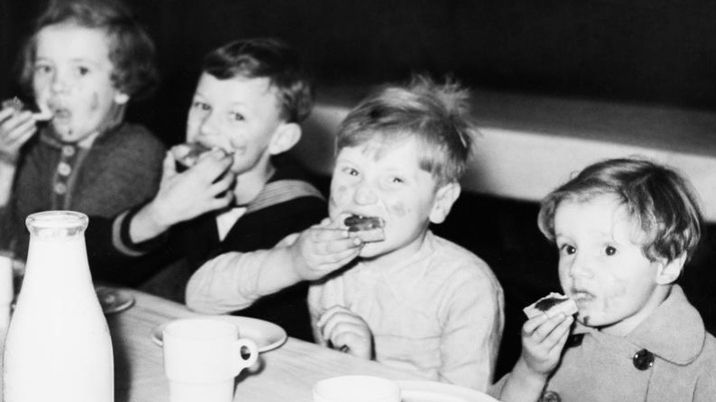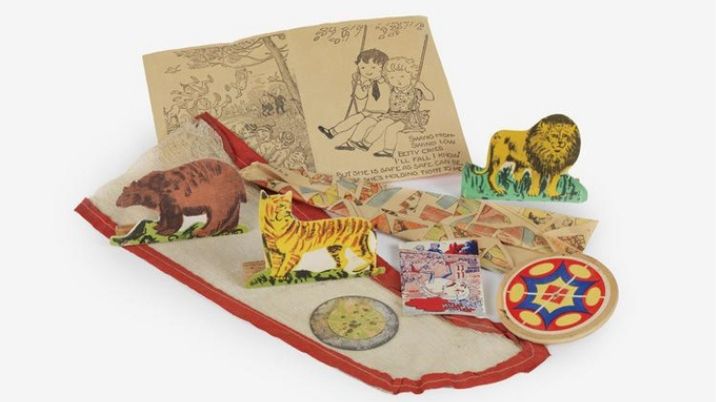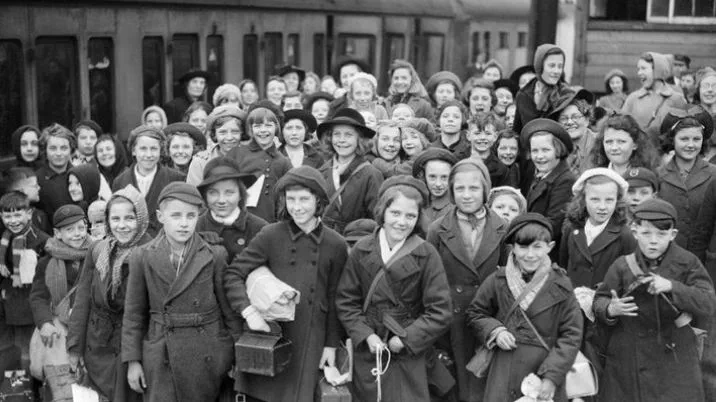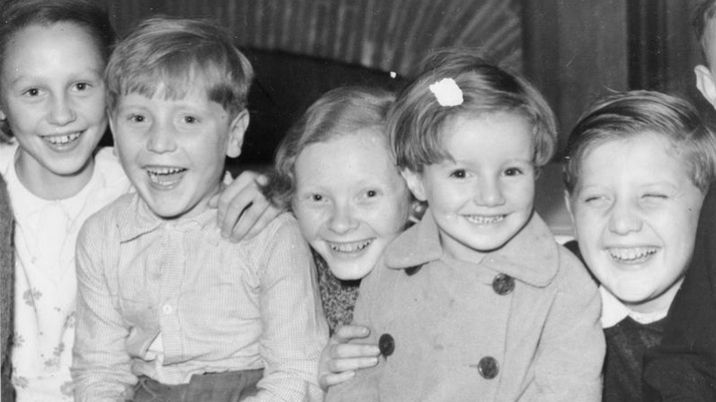Jelly and cake: let's revive a 1940s tradition
Last updated 16 June 2023
I know what we had for tea will make you envious: tinned peaches, red and orange jelly, pink and chocolate blancmange followed by iced cake and cream cakes and as much tea as you liked – with sugar in it.
Meet British teenager John Wilkins, who wrote about his experience of a fantastic afternoon tea during the Second World War.
The delicious spread was laid on by the British Red Cross in London in 1944. It was organised especially to welcome child refugees who had fled the horrors of war-torn Europe.
At the tea party, John was asked to befriend refugee children from Belgium, Holland, Czechoslovakia, France, and Norway.

© IWM
A 1940s Christmas
He sat next to three refugee girls, including 13-year-old Betty from Belgium. The pair discussed Belgian coal mines, lace and sugar refineries.
“As you can see by now, Betty and I were getting quite pals,” wrote John.
Tea was followed by entertainment, including a Punch and Judy show that soon had all the children in fits of laughter.
“I am sure any party, especially this one, could not have been more perfect, and it will leave an everlasting impression on my mind,” wrote John.

© IWM
The Red Cross’ welcome for refugees fleeing the war didn’t stop there. We also helped Belgian children enjoy a happy Christmas with British host families.
These kind families provided a warm and loving refuge during the festive period. They shared their precious rations and their homes with strangers. They showed kindness and humanity to homesick children in very dark times.
Meanwhile these scenes were mirrored on the other side of the world as British children and teenagers were evacuated to America, Canada and Australia.

© IWM
Each group was accompanied by a Red Cross nurse who looked after them on their long journeys. At their destination, they were met by families who found space in their hearts and their homes for British children fleeing World War Two.
A traditional welcome
The refugee crisis we’re seeing today is not a modern phenomenon. While supporting refugee children from Calais in the last few weeks, we recognised many parallels with our work in the 1940s.
In the arrivals lounge of Heathrow, our volunteers have seen how a packet of crisps and a chocolate bar bring just as much pleasure to refugee children as tinned peaches and iced buns did in 1944.

© IWM
Compared to the 1940s, the numbers of refugees coming here are miniscule.
We do not all have to find space for child refugees in our homes anymore. But we should remember the best of our British traditions and find space for them in our hearts.